Optimal Timing for Land Surveying
Land surveyings are essential for establishing property boundaries, planning construction, and ensuring legal compliance. The timing of surveyings can influence accuracy, cost, and project timelines. Understanding the optimal periods for conducting surveys helps in achieving precise results and avoiding delays.
Spring and early fall offer favorable weather conditions, reducing risks of delays caused by rain or extreme temperatures.
Dry, stable weather minimizes measurement errors caused by wind, rain, or snow, ensuring higher precision.
Surveying is most effective when soil is firm and vegetation is minimal, typically in dry seasons.
Aligning survey timings with construction schedules can prevent project delays and facilitate permit approvals.
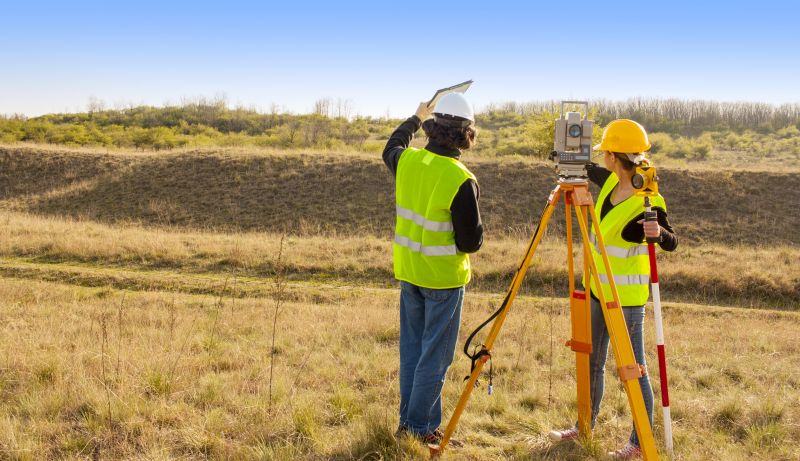
Ideal due to moderate weather and minimal vegetation interference.
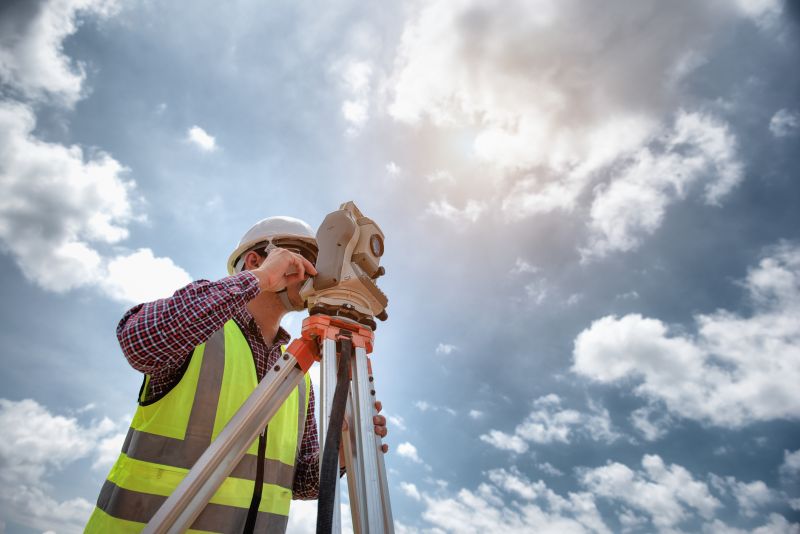
Possible but may face challenges from high temperatures and dry soil conditions.
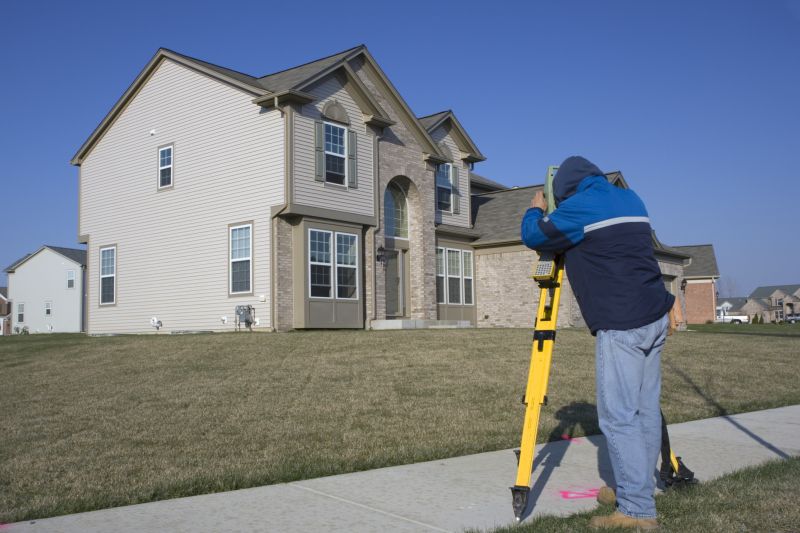
Favorable for stable weather and manageable vegetation levels.
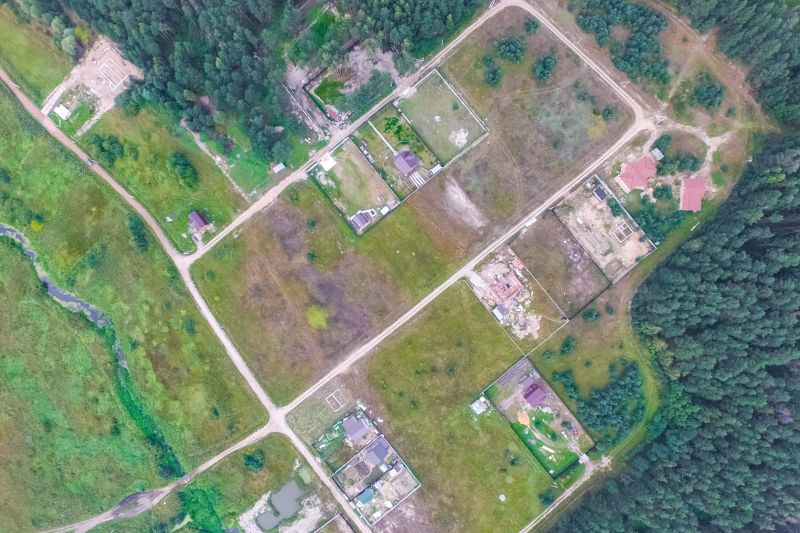
Ways to make Land Surveyings work in tight or awkward layouts.
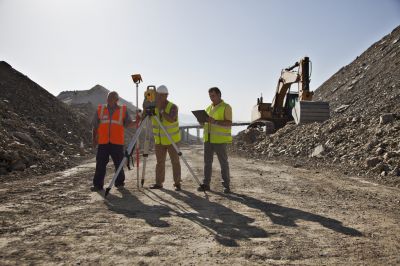
Popular materials for Land Surveyings and why they hold up over time.
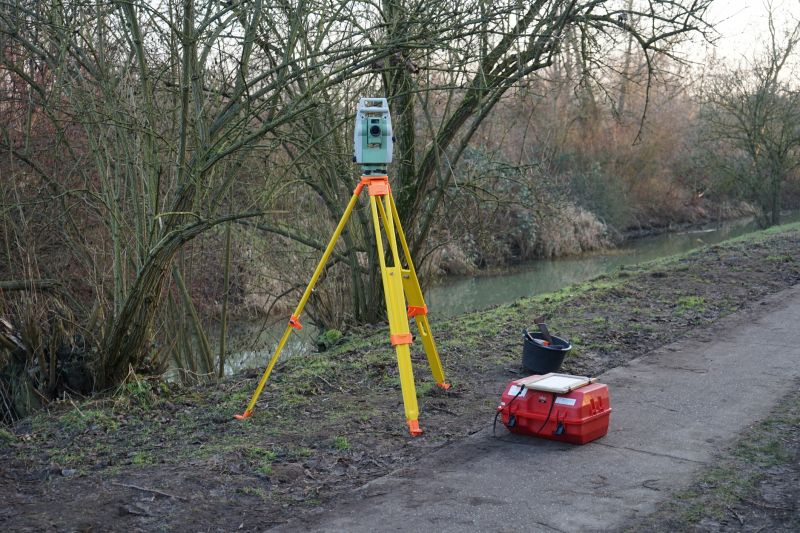
Simple add-ons that improve Land Surveyings without blowing the budget.
Land surveyings are a critical step in property development, infrastructure projects, and legal boundary determinations. Accurate surveys depend on weather conditions, soil stability, and vegetation levels, which vary throughout the year. Proper timing ensures high-quality results, reduces the need for re-surveys, and aligns with project timelines.

Modern tools enhance accuracy regardless of season.
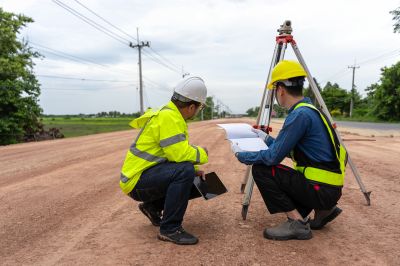
Adaptations are necessary for extreme weather conditions.

Timing surveyings to support construction schedules.

Surveys must meet jurisdictional requirements for legal clarity.

High-end options that actually feel worth it for Land Surveyings.
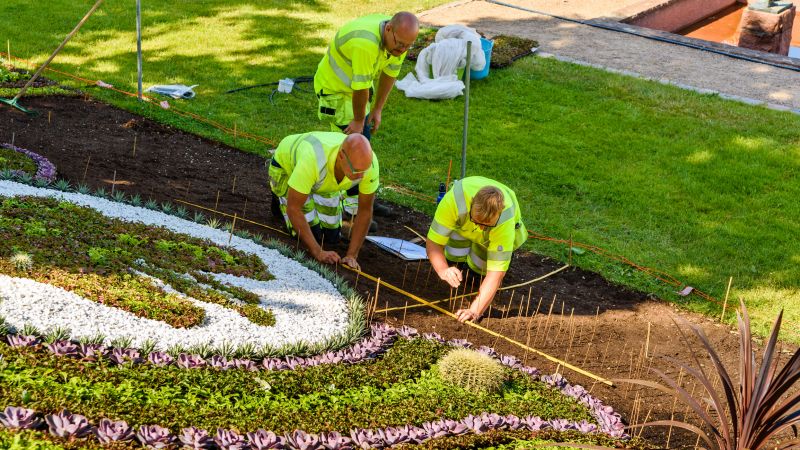
Finishes and colors that play nicely with Land Surveyings.

Little measurements that prevent headaches on Land Surveyings day.
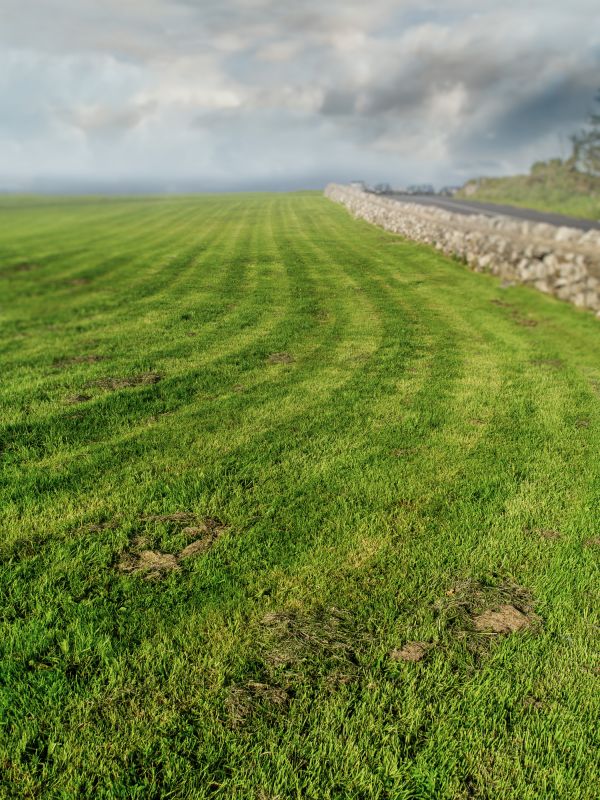
A 60-second routine that keeps Land Surveyings looking new.
| Season | Advantages |
|---|---|
| Spring | Moderate weather, minimal vegetation, ideal for accuracy. |
| Summer | Longer daylight hours, but risk of heat and dry soil. |
| Fall | Stable weather, manageable vegetation, good for precise measurements. |
| Winter | Challenging due to snow and frozen ground, generally avoided. |
| Early Morning | Cool temperatures, less wind, higher measurement precision. |
| Late Afternoon | Potential for temperature fluctuations affecting measurements. |
Selecting the appropriate time for land surveyings enhances accuracy, reduces costs, and aligns with project schedules. Considering seasonal weather patterns, soil conditions, and vegetation levels ensures optimal survey results and smooth project progression.

Precision tools used in optimal conditions.

Conducting measurements during favorable weather.
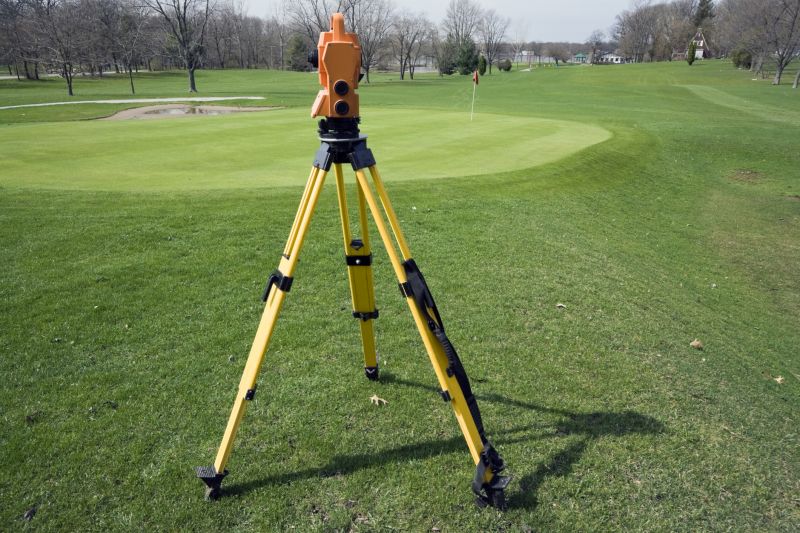
Timing surveyings to support development phases.

A frequent mistake in Land Surveyings and how to dodge it.

Small tweaks to make Land Surveyings safer and easier to use.
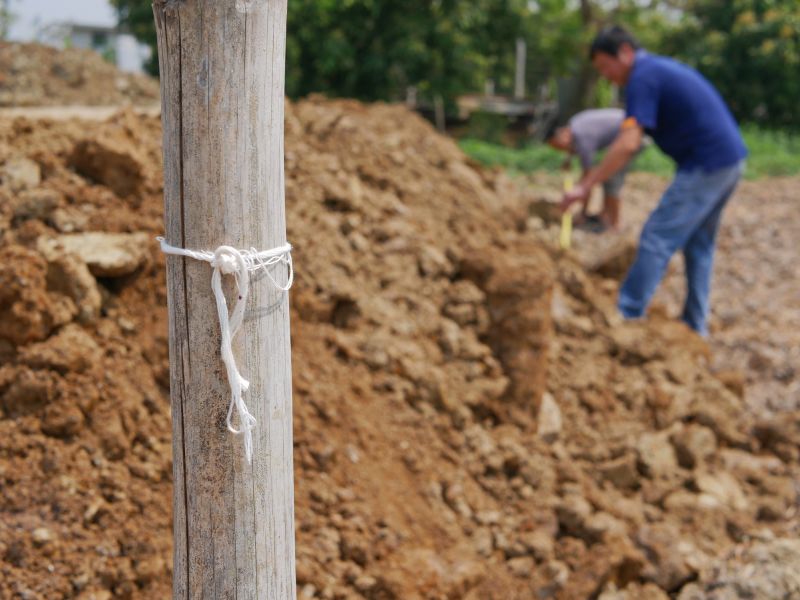
Lower-waste or water-saving choices for Land Surveyings.
Understanding the best periods for land surveyings allows for high-precision results and efficient project execution. Proper planning and scheduling are essential to accommodate weather patterns, soil conditions, and regulatory requirements. Interested parties are encouraged to contact for further information and consultation regarding land surveyings.
